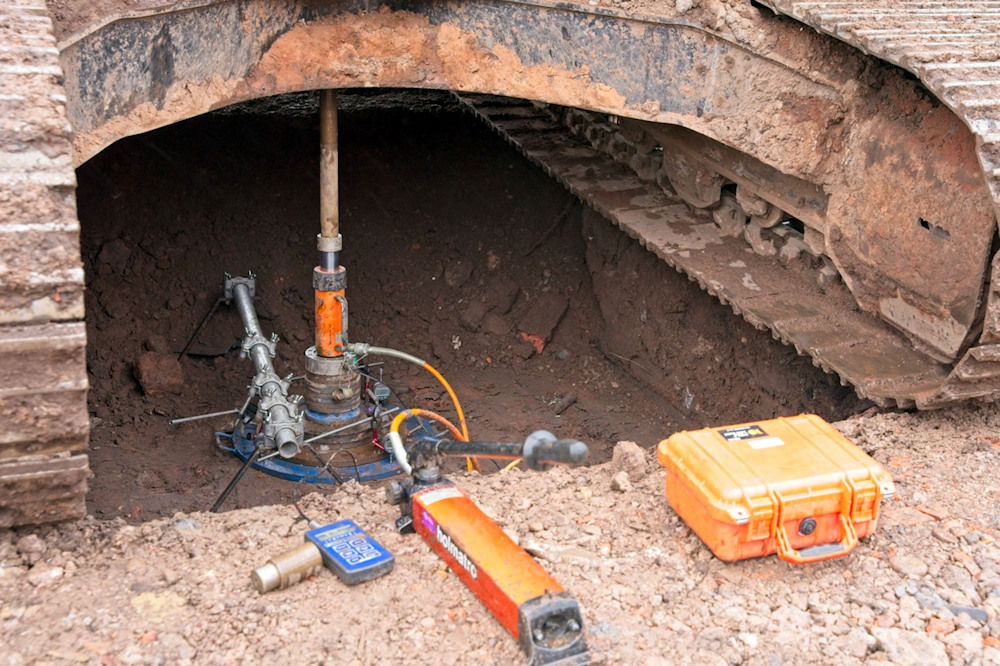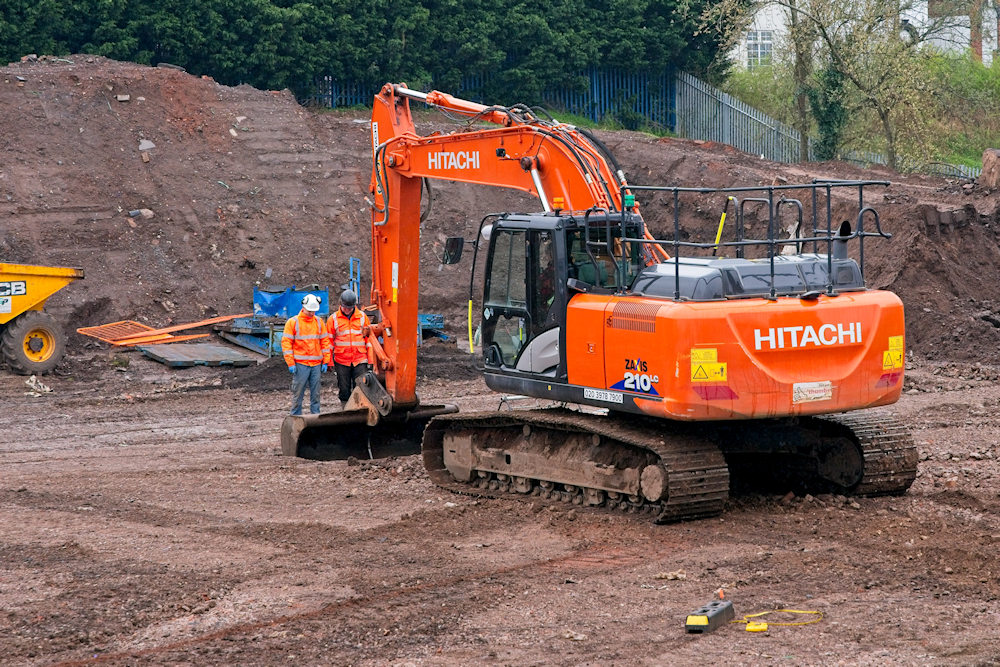Geotechnical Investigation
Plate Compression Tests for Evaluating Soil Stability and Suitability for Construction
When planning a construction project, it’s essential to consider the stability and suitability of the land where the development will take place. Plate compression tests are a type of soil testing that can provide valuable information on the deformation and strength characteristics of the soil, which are crucial factors to consider when designing foundations and other structural elements for buildings and infrastructure.
What are Plate Compression Tests?
Plate compression tests involve placing a large steel plate, typically about 300mm in diameter, on the soil surface and then gradually increasing the load applied to the plate while measuring the resulting deformation or settlement of the soil beneath. The data collected during the test can be used to evaluate the soil’s bearing capacity, which is the maximum load the ground can support without excessive settlement or failure.
How are Plate Compression Tests Performed?
To perform a plate compression test, a trial hole is excavated to the depth of the foundation bearing, and a flat surface is prepared for the plate. The plate is then lowered onto the surface, and a hydraulic jack is used to apply increasing loads to the plate. At the same time, measurements are taken of the resulting settlements or deformations.
The load applied to the plate is usually increased in increments of 25kN or 50kN, depending on the type of soil being tested and the expected maximum load the ground will experience in service. The test is usually continued until a predetermined settlement or deformation limit is reached, or the total load the test equipment can apply is reached.
The data collected during the test can be used to generate a load-settlement curve, which shows the relationship between the applied load and the resulting settlement of the soil beneath the plate. This curve can be used to calculate the soil’s bearing capacity and other important parameters.


Why are Plate Compression Tests Important?
Plate compression tests provide valuable information on the strength and deformation characteristics of the soil, which are crucial factors to consider when designing foundations and other structural elements for buildings and infrastructure. The data collected during the test can be used to assess the site’s suitability for construction and to design appropriate foundations and other structural elements to support the planned development.
Plate compression tests can also be used to evaluate the effects of repeated loading on the soil, which can be important for structures that will experience cyclical or dynamic loading, such as bridges or high-rise buildings.
Conclusion
Plate compression tests are a valuable tool for evaluating the stability and suitability of land for construction purposes. They can help ensure the safety and durability of buildings and infrastructure in various applications. By providing essential data on the strength and deformation characteristics of the soil, these tests can support the design and construction of safe and durable structures that will stand the test of time.
Like to know more about foundations? Weve put together a comprehensive guide on Strip Foundations here.
If you have a project you’d like to discuss with us, feel free to get in touch, we’d love to help.
Call us on 01902 595 145 for more information.
